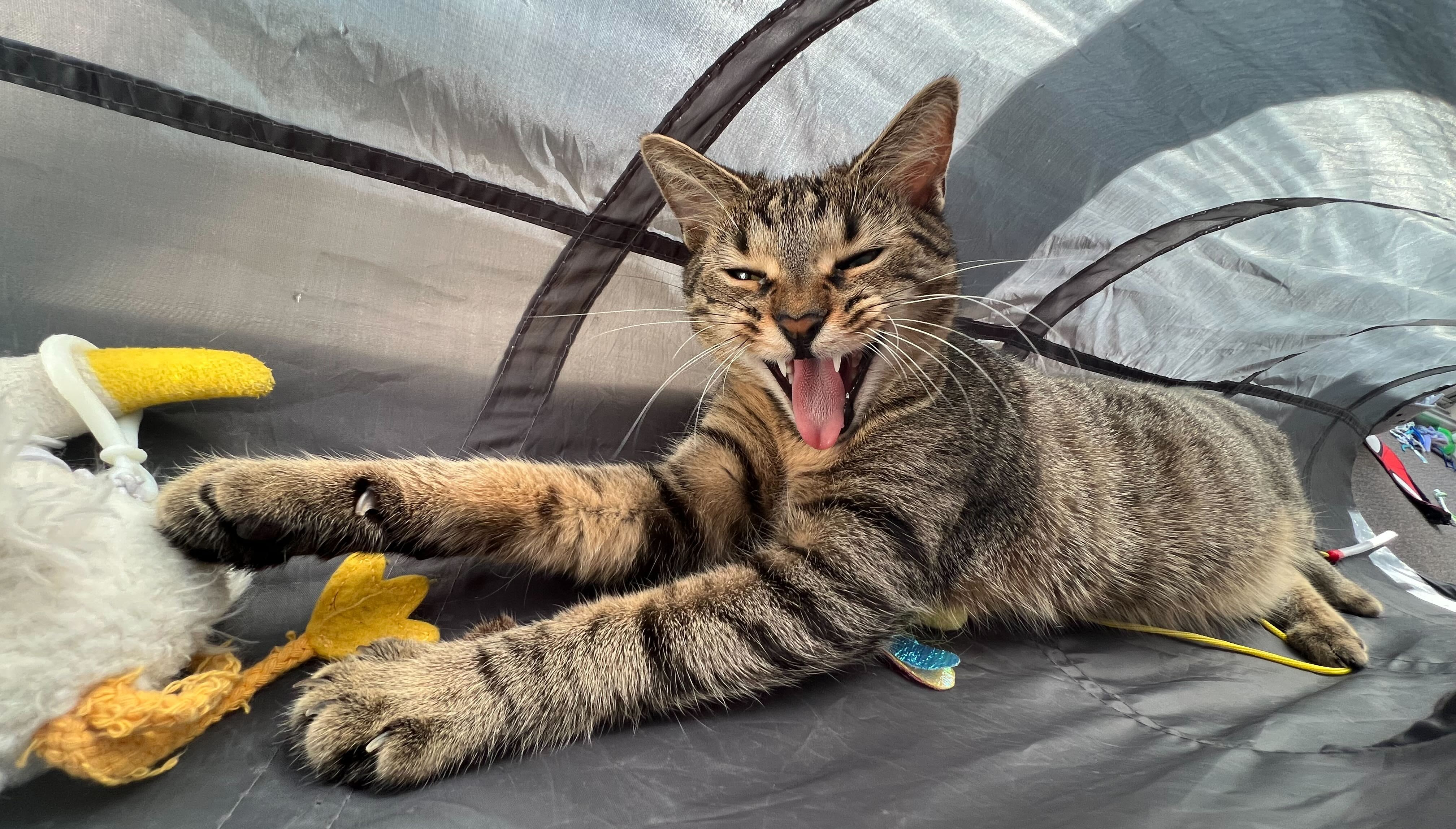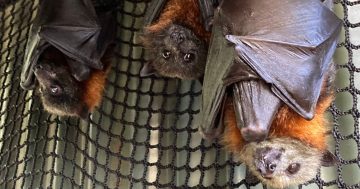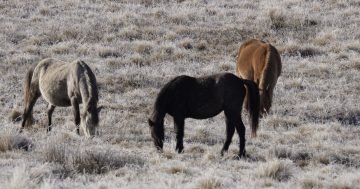
Thunder the cat playing in her tunnel – far away from vulnerable wildlife. Photo: Leticia Avelar.
Many years ago, I launched a campaign to make it illegal to dress pets in clothing. It was based on no research at all and came about simply because I believe seeing dogs dressed in clothes was ridiculous.
The campaign, which was poorly funded and basically consisted of me launching a few ill-conceived rants after having next to no sleep, failed dismally, judging by the number of pets I still see wandering around Canberra wearing jumpers, scarves and, Lord help us, hats.
My campaign also managed to annoy many dog owners, who branded me cruel. To my great regret, very few dogs spoke up in support of what I was trying to achieve, although I really believe if they could speak, they would almost certainly have voiced their disapproval at having to wear berets in public.
So at significant risk to my standing among pet owners, I want to float another proposition – banning cats (pause for sound of uproar from the owners of the estimated 56,000 cats in the ACT). My love of cats extends only to the two-legged footballing variety.
This week’s announcement by the Federal Government that it would halt Australia’s extinction crisis serves as a powerful reminder of how badly we have done as a country protecting our wildlife. Australia has lost the most mammals of any continent, with 39 species disappearing since colonisation.
Banning cats alone won’t solve all the problems, but it will be a positive step. Whether cat lovers like it or not, cats are killers. They stalk and kill birds, mammals, insects and reptiles. Recent surveys of wildlife in the ACT make alarming reading, and unless something is done very soon, many species will be gone forever.
Research carried out by the ACT Conservation Council reveals that roaming pet cats kill more than 67 species of prey, including native birds, reptiles and frogs. One estimate puts the number of animals killed each year by pet cats at between 380,000 and 630,000.
In July, the ACT introduced new laws which mandate that all newborn cats have to be contained indoors or in people’s backyards, 24 hours a day. In 17 ACT suburbs, the rules apply to all cats.
But in the rest of the ACT, the laws will not apply to cats born before 1 July. This means for the next decade at least, cats will be able to roam wild across most of Canberra. Many endangered species in our neighbourhoods don’t have that long.
Of course, I know my plan will probably never see the light of day because cat owners are very good at lobbying and at claiming their cat would never kill a possum or a lorikeet or a corroboree tree frog (fun fact – given half the chance, they would kill all three of the above in a heartbeat).
In 2018, the small New Zealand village of Omaui announced it would ban all domestic cats. Cat owners were told they would have to neuter, microchip and register their pets, and they could not be replaced when the cats died.
It was a cry for help from village leaders worried cats were destroying local wildlife. But less than one year later, the plan was dead, scuppered by cat owners who were outraged their pets were set to have their freedoms severely curtailed.
I’m a fair man, so I’m willing to accept the Omaui proposal as a compromise. I know people are very attached to their feline friends, so I’m not so heartless to advocate ripping them away.
At the very least, make them wear a bell. A loud bell. But that should only be the first step.
Go the Cats. The Geelong Cats …





















